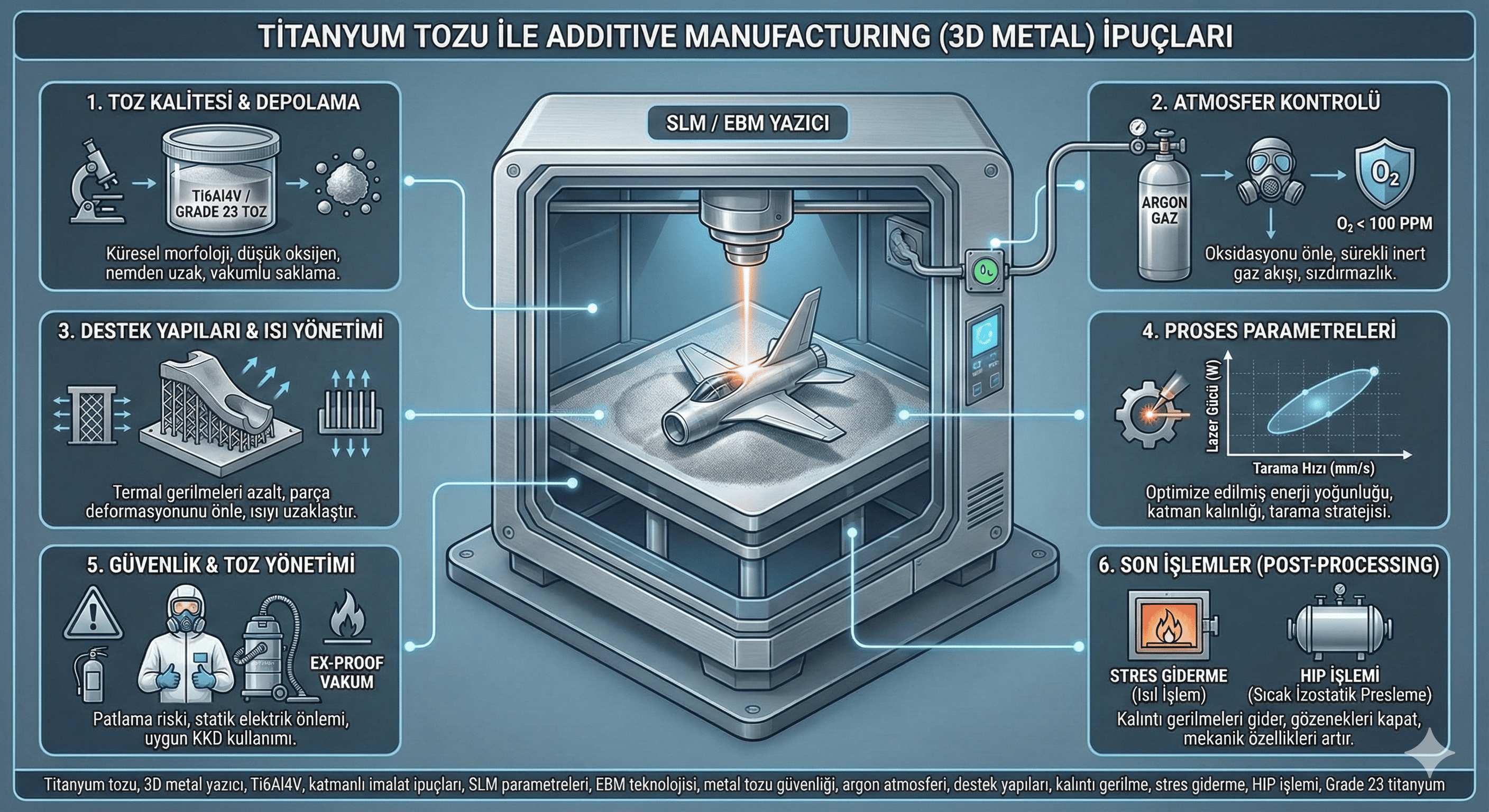Neodymium Metal Sputtering Targets: Properties, Production, and Applications
Introduction
Neodymium metal sputtering targets are crucial components used in the sputtering deposition process to create thin films on various substrates. Neodymium, a rare earth element, is known for its exceptional magnetic and optical properties. This article delves into the properties, production methods, and applications of neodymium metal sputtering targets.
What is a Neodymium Metal Sputtering Target?
A neodymium metal sputtering target is a solid disc or block of neodymium metal used in sputtering systems. During sputtering, ions are accelerated towards the target, causing neodymium atoms to be ejected and deposited as a thin film onto a substrate. This process is critical for manufacturing high-performance coatings and thin films in various high-tech industries.
Properties of Neodymium Metal Sputtering Targets
- Chemical Symbol: Nd
- Appearance: Silvery-gray metal
- Density: Approximately 7.01 g/cm³
- Melting Point: 1,024°C (1,875°F)
- Magnetic Properties: Neodymium is highly magnetic, making it valuable for applications requiring strong magnetic fields.
- Chemical Reactivity: Neodymium reacts with air and moisture, forming neodymium oxide (Nd²O³). Proper handling and storage are essential to prevent oxidation.
- Purity: Sputtering targets are typically manufactured with high purity (99.9% or higher) to ensure the quality of the deposited films.
Production of Neodymium Metal Sputtering Targets
The production of neodymium metal sputtering targets involves several critical steps to ensure high performance and quality:
- Raw Material Preparation:
- Ore Extraction: Neodymium is extracted from rare earth ores such as bastnäsite or monazite. The extraction process separates neodymium from other rare earth elements using methods like solvent extraction or ion exchange.
- Purification: Extracted neodymium is purified and converted into neodymium chloride (NdCl³) or neodymium oxide (Nd²O³), which is then reduced to produce pure neodymium metal.
- Target Fabrication:
- Sintering: High-purity neodymium metal is pressed into the desired shape and sintered at high temperatures. Sintering densifies the material, creating a solid target with good mechanical properties.
- Machining: The sintered neodymium is precisely machined into the required dimensions and shape, typically as disks or blocks, to fit sputtering equipment.
- Alloying: In some cases, neodymium targets may be alloyed with other metals to achieve specific properties. Alloying involves mixing neodymium with elements like iron or boron to enhance performance.
- Quality Control:
- Characterization: Neodymium sputtering targets undergo rigorous testing to ensure they meet purity, density, and dimensional specifications. Techniques such as X-ray diffraction (XRD) for phase identification, scanning electron microscopy (SEM) for surface analysis, and surface profilometry for dimensional accuracy are used.
- Surface Treatment: Some targets may undergo surface treatments or coatings to enhance performance and longevity. This may include oxidation-resistant coatings to prevent degradation during use.
Applications of Neodymium Metal Sputtering Targets
- Magnetic Coatings:
- Application: Neodymium sputtering targets are used to deposit thin films for magnetic applications, including magnetic recording media and magnetic sensors. Neodymium-based films are critical in applications requiring strong and stable magnetic properties.
- Optical Coatings:
- Application: Neodymium sputtering targets are employed to produce thin films for optical coatings. Neodymium-doped films are used in lasers, optical filters, and other devices where high optical performance is required.
- Electronic Devices:
- Application: In the electronics industry, neodymium sputtering targets are used to create thin films for semiconductors, capacitors, and other electronic components. The unique properties of neodymium contribute to the efficiency and performance of these devices.
- Catalysts:
- Application: Neodymium sputtering targets are utilized in the production of catalysts or catalyst supports. These catalysts are used in various chemical reactions, including those in automotive catalytic converters and industrial processes.
- Advanced Materials:
- Application: Neodymium sputtering targets are used to create thin films for advanced materials such as high-temperature superconductors and specialized ceramics. Neodymium’s properties enhance the performance of these materials in demanding applications.
Handling and Safety
- Protective Equipment: When handling neodymium metal sputtering targets, it is essential to use personal protective equipment (PPE) such as gloves, safety goggles, and masks to avoid inhalation or contact with the material.
- Storage: Store neodymium sputtering targets in airtight containers to prevent oxidation and contamination. Keep them in a dry, cool environment to maintain their quality.
- Ventilation: Work in a well-ventilated area or use a fume hood to minimize exposure to airborne particles and ensure a safe working environment.
Challenges and Considerations
- Cost: The cost of neodymium metal sputtering targets can be high due to the rarity of neodymium and the complexity of its production processes.
- Environmental Impact: The mining and processing of rare earth elements, including neodymium, have environmental impacts. Sustainable practices and recycling efforts are important to mitigate these effects.
- Health and Safety: Proper handling and safety measures are crucial to avoid health risks associated with neodymium metal. Adhering to safety protocols ensures safe handling and minimizes exposure.
Conclusion
Neodymium metal sputtering targets are vital components in the production of thin films for various high-tech and industrial applications. Their unique magnetic and optical properties make them essential in magnetic coatings, optical devices, electronics, catalysts, and advanced materials. The production of neodymium sputtering targets involves precise manufacturing processes and rigorous quality control to ensure optimal performance. As technology advances, the demand for neodymium sputtering targets is likely to increase, driving further innovations and applications. Addressing challenges related to cost, environmental impact, and safety will be key to optimizing the use of this rare earth material in future technologies.
Feel free to modify or expand this article based on specific needs or areas of interest!





